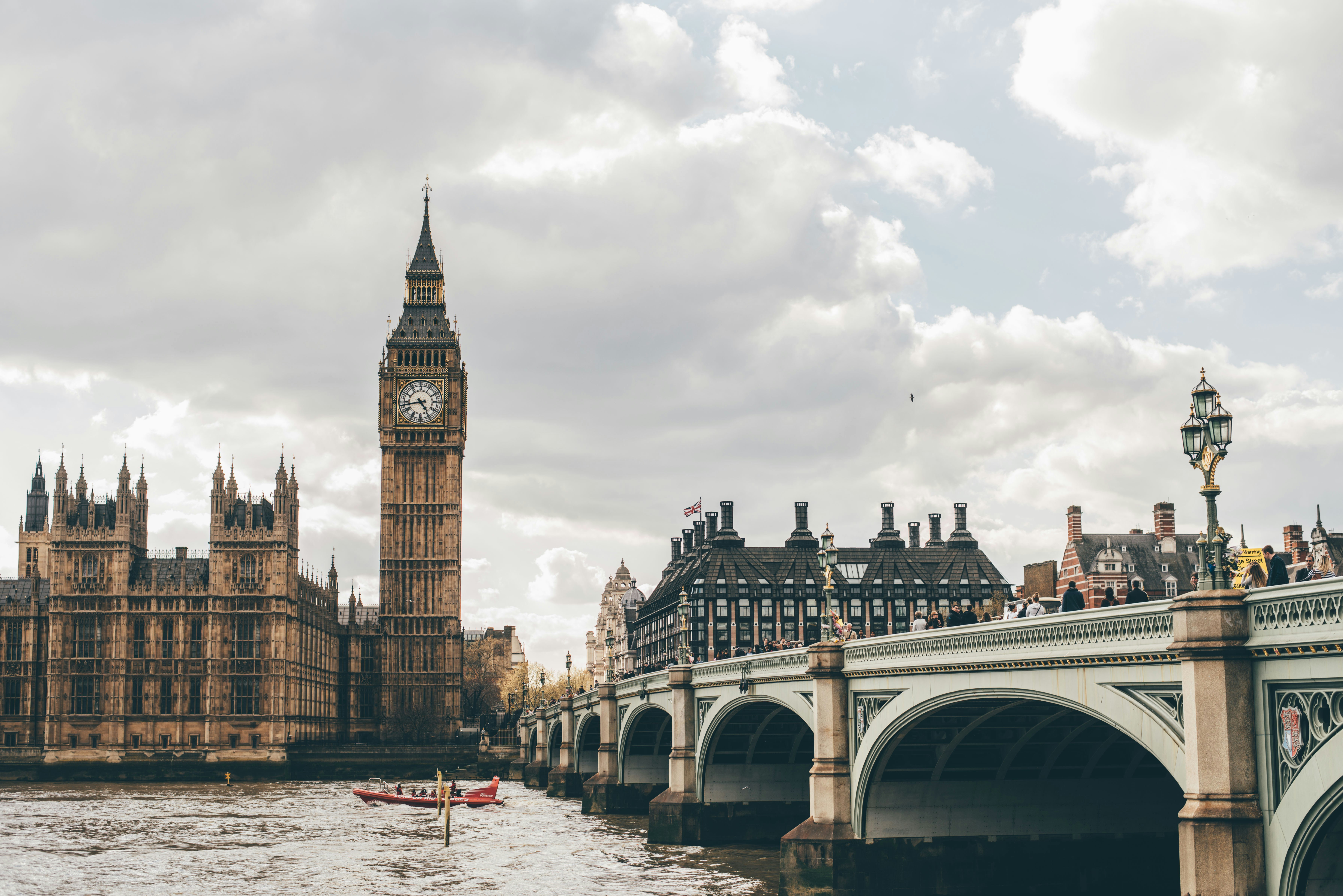Ocean Acidification: The Silent Killer of Marine Life
By The Fear Earth – Your trusted source for environmental awareness and global challenges

Oceans cover more than 70% of our planet, acting as the lungs of Earth by absorbing carbon dioxide and producing oxygen. Yet today, they face a hidden threat known as ocean acidification — often described as the silent killer of marine life. Unlike oil spills or plastic pollution, this crisis is invisible. We cannot see the pH levels dropping, but its effects ripple through marine ecosystems, endangering everything from coral reefs to fisheries that billions of people rely on.
🌊 What is Ocean Acidification?
Ocean acidification refers to the ongoing decrease in the ocean’s pH caused by the absorption of excessive carbon dioxide (CO₂) from the atmosphere. Since the Industrial Revolution, human activities like burning fossil fuels, deforestation, and cement production have released vast amounts of CO₂. The ocean absorbs about 30% of this carbon dioxide, which reacts with seawater to form carbonic acid, lowering pH levels and altering ocean chemistry.
The Chemistry Behind Ocean Acidification
- CO₂ from the atmosphere dissolves in seawater.
- It reacts with water (H₂O) to form carbonic acid (H₂CO₃).
- Carbonic acid breaks down into bicarbonate (HCO₃⁻) and hydrogen ions (H⁺).
- The increase in hydrogen ions reduces pH and decreases carbonate ions, essential for shell-forming organisms.
This process may sound small, but the consequences are massive. Ocean pH has already dropped from 8.2 to 8.1 since pre-industrial times, which equals a 30% increase in acidity.
🐠 Why is Ocean Acidification Called the Silent Killer?
Unlike visible forms of pollution, acidification is invisible and gradual. Marine creatures do not die instantly; instead, they experience weakened shells, slower growth, and reduced ability to reproduce. Entire ecosystems can collapse quietly, with humans noticing only after the damage is widespread.

🌍 Global Impacts of Ocean Acidification
1. Coral Reefs at Risk
Coral reefs are biodiversity hotspots, home to 25% of marine life. Yet, corals rely on calcium carbonate to build their skeletons. With fewer carbonate ions available due to acidification, reefs cannot grow properly. Combined with coral bleaching from warming seas, reefs face a devastating double threat.
2. Shellfish and Seafood Industry
Oysters, clams, mussels, and crabs depend on carbonate to form shells. Acidified waters weaken shells, leaving them vulnerable to predators and disease. This not only disrupts ecosystems but also threatens the seafood industry worth billions of dollars globally.
3. Fish Behavior and Survival
Studies reveal that higher acidity affects fish behavior. Some species lose their ability to detect predators or navigate effectively. A confused fish is more likely to fall prey, leading to population declines over time.
4. Food Security for Humans
Billions of people, especially in coastal and island nations, rely on fish and seafood as primary protein sources. Ocean acidification threatens food chains, risking malnutrition and economic hardship in vulnerable communities.
📉 Statistics That Show the Urgency
- Oceans have absorbed nearly 525 billion tons of CO₂ since the 1800s.
- By 2100, ocean acidity could increase by 100–150% compared to pre-industrial levels.
- Approximately 1 billion people depend on fish as their main source of protein.
- Global coral reefs could decline by up to 90% if current trends continue.
🔥 The Connection Between Climate Change and Ocean Acidification
Ocean acidification and climate change are interconnected. Both are caused by the same root problem: excessive greenhouse gas emissions. While climate change warms waters and melts ice, acidification weakens the very foundation of marine ecosystems. Together, they create a “one-two punch” for the oceans.
🛑 Can Ocean Acidification Be Stopped?
While reversing acidification completely is difficult, we can slow it down significantly by reducing CO₂ emissions. This requires global cooperation, stricter environmental policies, and public awareness.
Solutions and Strategies
- Cut Carbon Emissions: Shift to renewable energy like solar, wind, and hydropower.
- Protect and Restore Mangroves & Seagrass: These absorb carbon and buffer coastal zones.
- Reduce Pollution: Limiting nutrient runoff from agriculture helps marine ecosystems cope better.
- Invest in Ocean Research: More studies help predict and manage acidification impacts.
- Adopt Sustainable Fishing: Prevent overfishing to allow ecosystems to remain resilient.

💡 How Individuals Can Make a Difference
- Use less plastic and reduce waste.
- Support clean energy initiatives.
- Choose sustainable seafood options.
- Raise awareness on social media and in local communities.
- Plant trees and support ocean restoration projects.
🔮 The Future if We Ignore Ocean Acidification
If left unchecked, ocean acidification could lead to the collapse of fisheries, destruction of coral reefs, and loss of biodiversity. Economies dependent on tourism and seafood would suffer, while coastal populations face hunger and poverty. The ocean, once our planet’s greatest ally against climate change, could turn into one of its greatest victims.
✅ Conclusion: A Silent Crisis That Demands a Loud Response
Ocean acidification may be silent, but its impact is loud and devastating. From coral reefs to fisheries, from marine species to human survival, its reach is global. Addressing it requires urgent action — reducing carbon emissions, protecting marine ecosystems, and raising public awareness. The oceans have always protected humanity; now, it is time for humanity to protect the oceans.
🌎 Let us act today — for the oceans, for marine life, and for future generations.
